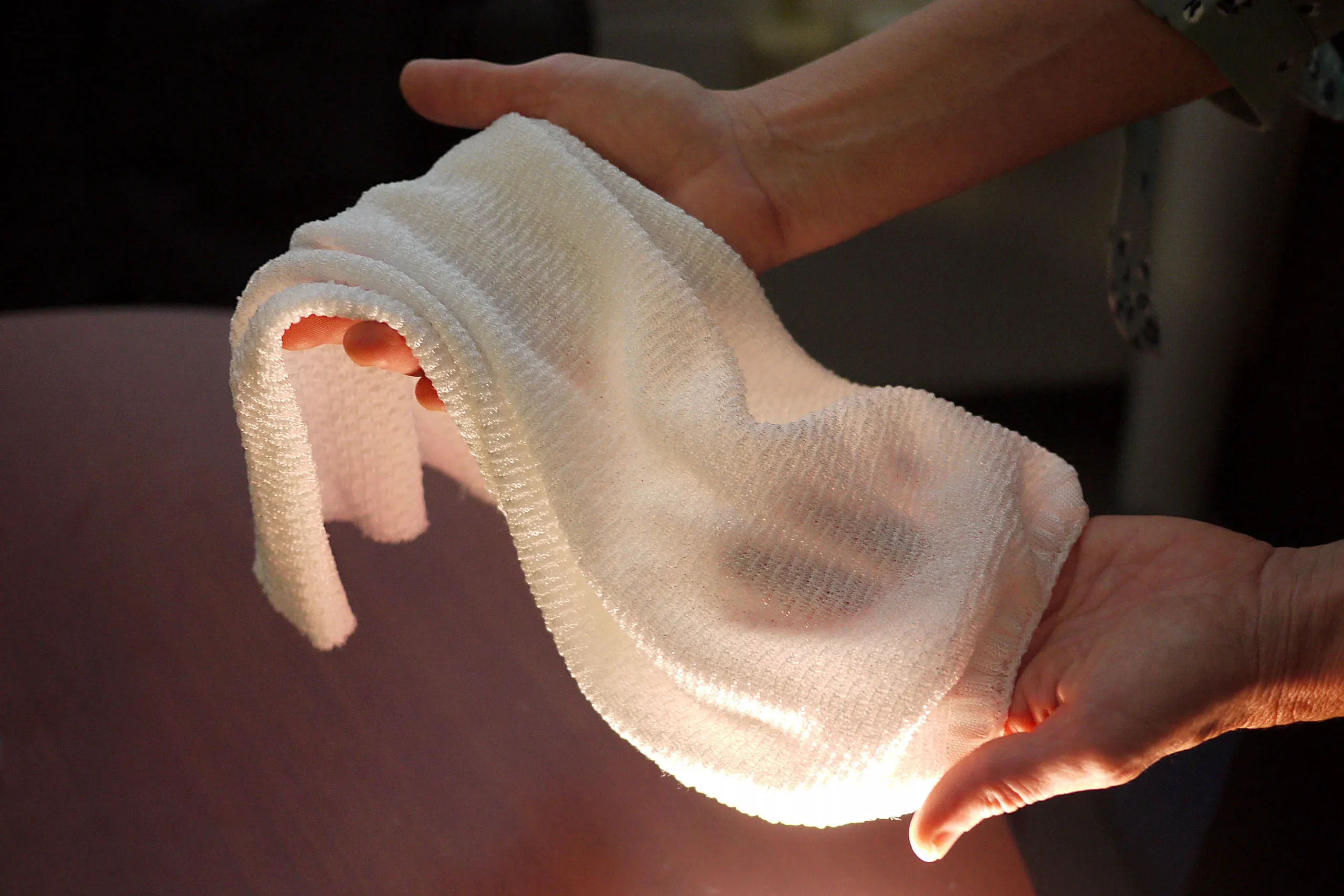When the temperature soars and the sun blazes overhead, dressing comfortably without compromising on style becomes a true challenge. In recent years, the fashion industry has witnessed an innovative transformation with the introduction of cooling fabric clothing—a game-changing solution designed to beat the heat while maintaining a chic, modern look. This evolution is not merely about trends but about science, sustainability, and lifestyle adaptability. As summer seasons grow longer and hotter, cooling fabric clothing has rapidly become the cornerstone of modern warm-weather fashion.
The Science Behind Cooling Fabric Clothing
At its core, cooling fabric clothing is a fusion of fashion and technology. Unlike traditional cotton or polyester materials, these fabrics are engineered using advanced textile technology that focuses on heat management, moisture control, and air circulation. The fibers are often infused with micro-particles or designed with cross-sectional weaves that enhance ventilation and promote rapid evaporation of sweat.
Some cooling fabrics incorporate phase-change materials (PCMs), which can absorb, store, and release body heat to regulate temperature. Others use moisture-wicking technology that draws perspiration away from the skin to keep wearers dry. Fabrics such as nylon blends, Tencel, bamboo fibers, and even recycled polyester are being reimagined with cooling properties. These innovative textiles allow wearers to stay fresh and comfortable even under intense heat, making them ideal for outdoor activities, sports, and everyday wear.
Why Cooling Fabric Clothing is Transforming Summer Fashion
The modern consumer is more aware and demanding than ever before. Today’s shoppers seek functionality, comfort, and eco-friendliness in every garment they purchase. Cooling fabric clothing addresses all three needs simultaneously. It is breathable, durable, and often made from sustainable materials, aligning perfectly with the rising demand for conscious fashion.
This type of clothing has become especially popular among fitness enthusiasts, outdoor workers, and city dwellers who struggle with high humidity and heat waves. Beyond comfort, these fabrics also enhance performance by preventing overheating and fatigue. Athletes, for example, benefit from reduced body temperature and improved endurance, while office-goers appreciate not having to deal with uncomfortable sweat stains during their commute or workday.
The versatility of cooling fabric clothing also contributes to its popularity. From lightweight shirts and dresses to workout leggings and formal wear, these fabrics blend seamlessly into every wardrobe. Designers have managed to merge aesthetics with practicality, creating fashion-forward pieces that perform exceptionally well in hot climates.
How Technology Enhances the Cooling Effect
The secret behind the effectiveness of cooling fabric clothing lies in advanced textile innovation. Leading brands are experimenting with nanotechnology, smart fibers, and natural mineral additives to enhance thermal regulation. For instance, some fabrics use jade or mica particles that provide a naturally cool touch, while others are treated with advanced coatings that reflect UV rays and infrared heat.
Moisture management is another vital aspect. Cooling fabrics are designed to rapidly pull moisture away from the skin, dispersing it across the outer layer of the garment where it can evaporate quickly. This not only keeps the body dry but also creates an evaporative cooling effect, similar to how sweat naturally cools the skin.
Moreover, some high-performance cooling fabrics integrate antibacterial or odor-resistant technology, ensuring freshness throughout the day. This combination of thermoregulation, hygiene, and comfort makes cooling fabric clothing an indispensable addition to modern wardrobes, especially in tropical and desert climates.
Sustainability Meets Innovation
The rise of cooling fabric clothing isn’t just about comfort—it’s also about responsibility. Many textile manufacturers are turning toward sustainable sources and production methods to minimize their environmental impact. Bamboo-based and Tencel fabrics, for example, are derived from renewable plant sources and processed in eco-friendly ways.
Recycled materials, such as regenerated polyester from plastic bottles, are also being utilized to produce cooling garments without compromising quality or performance. This aligns perfectly with the global shift toward sustainable fashion, where comfort meets conscience.
By promoting longer-lasting garments that maintain their cooling properties even after multiple washes, brands encourage mindful consumption. As consumers increasingly value durability and sustainability, cooling fabric clothing stands as a symbol of progress within the fashion industry.
The Growing Popularity in Everyday Wear
What began as a niche innovation for sportswear has now transcended into mainstream fashion. Cooling fabric clothing can be found in casual wear, business attire, loungewear, and even luxury collections. Designers are embracing the idea that comfort should never be sacrificed for elegance.
Lightweight shirts, cooling dresses, breathable trousers, and even formal blazers made with cooling fabrics are becoming wardrobe staples. Commuters appreciate how these garments maintain a crisp, fresh look throughout long summer days. Travel enthusiasts, too, prefer cooling fabric clothing because it is wrinkle-resistant, quick-drying, and ideal for packing light.
The athleisure trend has also fueled its popularity, merging comfort-driven designs with contemporary aesthetics. Brands like Uniqlo, Nike, Columbia, and Lululemon have pioneered collections using cooling technologies, setting a new benchmark for performance fashion.
Cooling Fabric Clothing in Sports and Outdoor Activities
Athletes and outdoor adventurers were among the first to embrace cooling fabric clothing. Sports like running, cycling, hiking, and tennis require maximum comfort under physical stress, and heat management plays a crucial role in maintaining performance.
These fabrics not only regulate body temperature but also offer UV protection, reducing the risk of sunburn and skin damage. The ability to stay dry, fresh, and odor-free enhances overall confidence and endurance. Today, cooling fabric clothing has become standard gear for professionals and amateurs alike, empowering them to perform better under challenging weather conditions.
Fashion Meets Function: The Design Perspective
One of the most remarkable aspects of cooling fabric clothing is how seamlessly it merges style with science. Designers now experiment with textures, prints, and silhouettes without compromising on breathability. From soft pastel summer dresses to sleek activewear and corporate-casual ensembles, every piece reflects the perfect balance between elegance and practicality.
Advancements in fabric dyeing and weaving techniques allow brands to maintain rich colors and luxurious textures while retaining cooling performance. Consumers no longer have to choose between looking fashionable and staying cool—today, they can enjoy both.
The Future of Cooling Fabric Clothing
As global temperatures continue to rise, the future of fashion will inevitably lean toward innovation in climate-adaptive textiles. Cooling fabric clothing is expected to evolve with even smarter technologies, such as responsive materials that automatically adjust their cooling intensity based on body temperature or environmental conditions.
We may soon see clothing integrated with sensors that monitor hydration levels, UV exposure, and heat stress—blurring the line between apparel and wearable technology. This convergence of fashion and functionality will define the next era of summer fashion, where each garment works intelligently to ensure the wearer’s comfort and health.
Conclusion
Cooling fabric clothing represents more than just a seasonal trend—it is a lifestyle innovation born from necessity and driven by technology. As the world faces hotter summers and shifting climates, comfort, sustainability, and performance have become top priorities for consumers and designers alike. These intelligent fabrics empower individuals to stay cool, confident, and stylish, no matter how intense the heat becomes.


















